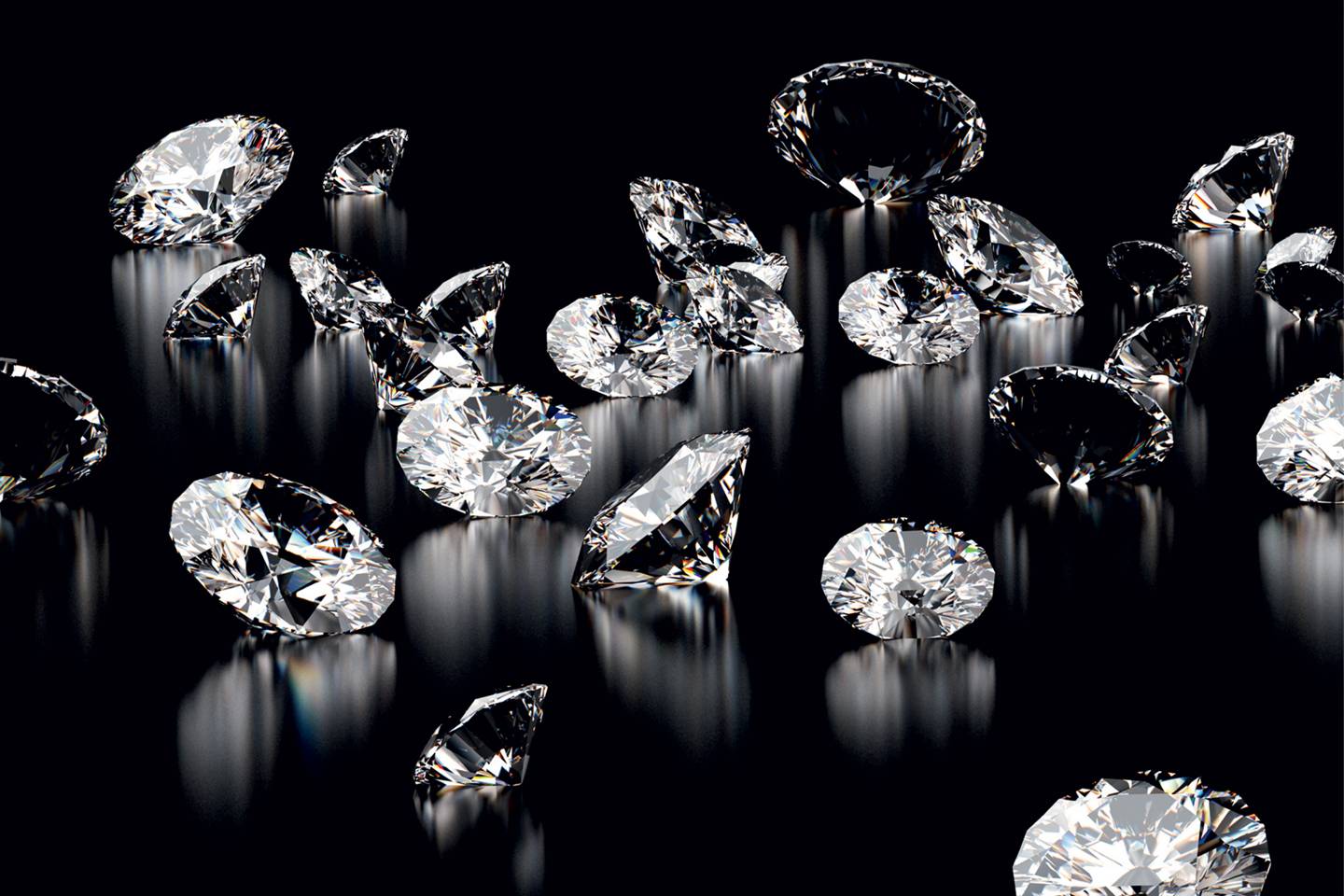
A new group of diamonds stands out as being more perfect than almost all others in the $14 billion diamond market. They are completely colorless – making them, in the eyes of the Gemological Institute of America, among just 2 percent of the diamonds in the world. They are almost or entirely devoid of impurities, and thus, boast a measure of clarity that borders on flawless, and the level of brilliance at play here is unmatched by virtually all other sparklers.
These diamonds are more-or-less perfect because they were created – in laboratories – to be that way. Instead of offering up diamonds that have been extracted from the mountainous expanse of the Republic of Sakha in Russia or the De Beers-operated mines in Botswana, a growing number of companies are offering up “visually identical” alternatives that come from labs in Silicon Valley, for instance.
To date, traditional jewelers, such as De Beers, which controlled the majority of the world’s diamond supply until the late 1990s, have been generally reluctant to be too praiseworthy of this new practice for obvious reasons. Nonetheless, the lab-grown diamond industry is expected to exhibit quite a bit of growth within the next several years. According to Morgan Stanley, by 2020, the market for lab-grown diamonds could account for 15 percent of the gem-quality diamond market, up from less than 1 percent in 2016. Unsurprisingly, millennials are expected to drive that charge, in large part tempted by the marked affordability of and the lack of potential human rights abuses tied to the “cultured” stones.
With a potential for significant growth in the popularity of synthetic diamonds at hand, the Federal Trade Commission (“FTC”) has been paying attention. In July 2018, the government agency – which is tasked with promoting consumer protection – issued updated Guides for the Jewelry, Precious Metals, and Pewter Industries that aim to prevent the use of deceptive representations by jewelry companies about their offerings, including lab-created diamonds.
In particular, the FTC “cautions marketers against using any gemstone name (e.g., diamond) to describe any man-made product unless an equally conspicuous ‘laboratory-grown,’ ‘laboratory-created,’ ‘[manufacturer name]-created,’ ‘synthetic,’ ‘imitation,’ or ‘simulated’ disclosure immediately precedes the name.” More than that, the FTC notes that marketers should use this terminology “only for products with essentially the same optical, physical, and chemical properties as the named stone.”
This spring, the FTC confirmed that it had sent letters eight unnamed jewelry marketers “warning them that some of their online advertisements of jewelry made with simulated or laboratory-created diamonds may deceive consumers, in violation of the FTC Act.” The FTC noted in a statement that its letters specifically took issue with “examples where the advertising might imply that a simulated diamond is a lab-created or mined diamond, or that a lab-created diamond is a mined diamond, or where required disclosures about the source of the diamonds are not proximate to the individual product descriptions.”
As for what the rise of these alternative diamonds means for the likes of De Beers and co., not everyone is convinced this will be a deal breaker any time soon. As Robert H. Frank, a professor of management at economics at Cornell’s Johnson Graduate School of Management, wrote for the New York Times, “Not even perfect replicas, however, will extinguish strong preferences for mined diamonds.” In the short terms, Mr. Frank suspects that nothing will change, including prices.
But beyond that, the lack of rarity in large, perfectly cut and colored diamonds might have an impact. “Longer term,” he says, the price premiums associated with real diamonds “may prove fragile.” Why? Because “wearing large diamonds, for example, will no longer be likely to signal significant wealth or attract admiring glances,” he says. “Tumbling prices will transform many longstanding social customs. An engagement diamond, for instance, will lose its power as a token of commitment once flawless two-carat stones can be had for only $25.”
While “technology won’t eliminate [the] need for suitable gifts and tokens of commitment, of course, and such things will still need to be both intrinsically pleasing and genuinely scary,” what it will change is “where those qualities reside.”


Leave a Reply